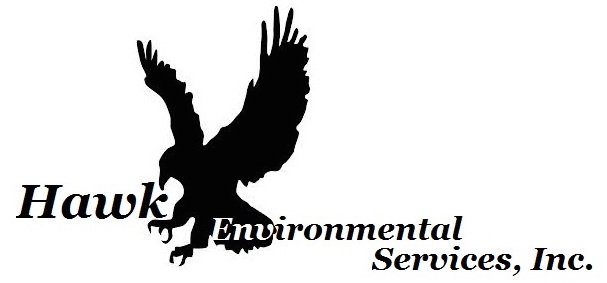DIY asbestos removal is fraught with risks for those carrying out the removal and individuals in the immediate vicinity of the affected area. Irrespective of the volume of asbestos being removed or the scope of the project, handling asbestos without proper care and training can lead to disastrous consequences. According to the United States Environmental Protection Agency (EPA) and the Occupational Health and Safety Administration, there is no ‘safe level’ of asbestos exposure. Improper handling and disposal of asbestos can cause irrevocable damage to individuals who are exposed to the materials.
So, before jumping into a do-it-yourself renovation work around your home, it’s worth understanding the history, prevalence and risks of asbestos exposure in the home.
How Common is Asbestos in the United States?
Asbestos use in the United states has declined from more than 800,000 tonnes in 1973, to less than 1,000 tonnes in 2017. Formally used in a wide range of consumer goods, building materials, and commercial products, asbestos use in the United States has declined significantly over the last 40 years.
Yet, despite the significant decline in asbestos usage since the 1970s, asbestos related diseases continue to affect more than 125-million people globally. The latest available data from the World Health Organisation (WHO) revealed that asbestos related diseases killed 39,275 people in the United States in 2016 and a total of 222,321 globally.
Is Asbestos Banned in the United States?
In 1970, asbestos became one of the first hazardous air pollutants to be regulated under Section 112 of the United States Clean Air Act. Since then, the US Government have taken steps to decrease the importation and usage of asbestos in the United States. In some cases, there has been a total ban on asbestos materials, however, despite being classes as a known carcinogen by the United States EPA, asbestos has not been banned by the United States.
Almost sixty countries around the world including the Netherlands, South Africa, the United Kingdom and Japan have completed banned the importation and use of asbestos materials in any capacity. Companies and individuals who violate these laws may be subject to heavy fines and prosecution. Australia became one of the first countries to place a total ban on all asbestos products when a total ban came into effect on the 1st of January 2004. According to Sydney asbestos removal company GBAR Group, the government sponsored campaign led to a significant increase in awareness and significant growth of businesses in the asbestos removal and hazardous waste sector.
What Are the Health Risks of Asbestos Exposure?
Asbestos exposure can happen in the home, the workplace, or out in the community. The use of asbestos between the mid-1940s and 1980 was so wide-reaching that the number of affected products and buildings is vast.
When asbestos containing products are disturbed and become ‘friable’ they release tiny asbestos fibres into the air which can cause serious health and respiratory problems for those who come into contact with the material. When asbestos materials are inhaled, they can become lodged in the lungs and remain there for an indefinite period which can cause scarring, inflammation, and a wide variety of respiratory issues. Some of the most common side effects of asbestos exposure include asbestosis, benign pleural effusions, pleural plaques and other non-malignant lung diseases.
According to research from the International Agency for Research on Cancer, there is enough evidence to confirm that asbestos exposure causes mesothelioma, lung cancer, larynx cancer, and ovarian cancer. In the United States, mesothelioma is the most prominent form of cancer that can be directly linked to asbestos exposure.
How Do I Know if My Property Contains Asbestos?
If you your home in the United States was constructed between 1940 and 1980, there is a high chance that asbestos materials were used in some capacity during the construction of your property. For homes built after 1990, the likelihood of asbestos materials being used in the construction of your property falls dramatically. Some residential applications where asbestos was widely used between 1940 and 1980 include:
- Cement Sheets
- Roof Tiles
- Insulation Materials
- Door Gaskets
- Sound Insulation Materials
- Decorative Materials
- Plumbing Pipes
- Joint Compounds
By removing or handling any of these materials without a proper inspection, individuals risk aggravating them and releasing hazardous particles into the air.
Don’t Risk It, Get Inspected
Before tackling any do-it-yourself, renovation projects around the home, it’s important to consider the risks. Having a licenced asbestos tester or removal specialist inspect your property is the safest way to ensure that your home (and its inhabitants) are not exposed to harmful asbestos materials. Removing asbestos is tricky business, leave it to the professionals to advise you before starting your next project around the home.
Comments are closed.
